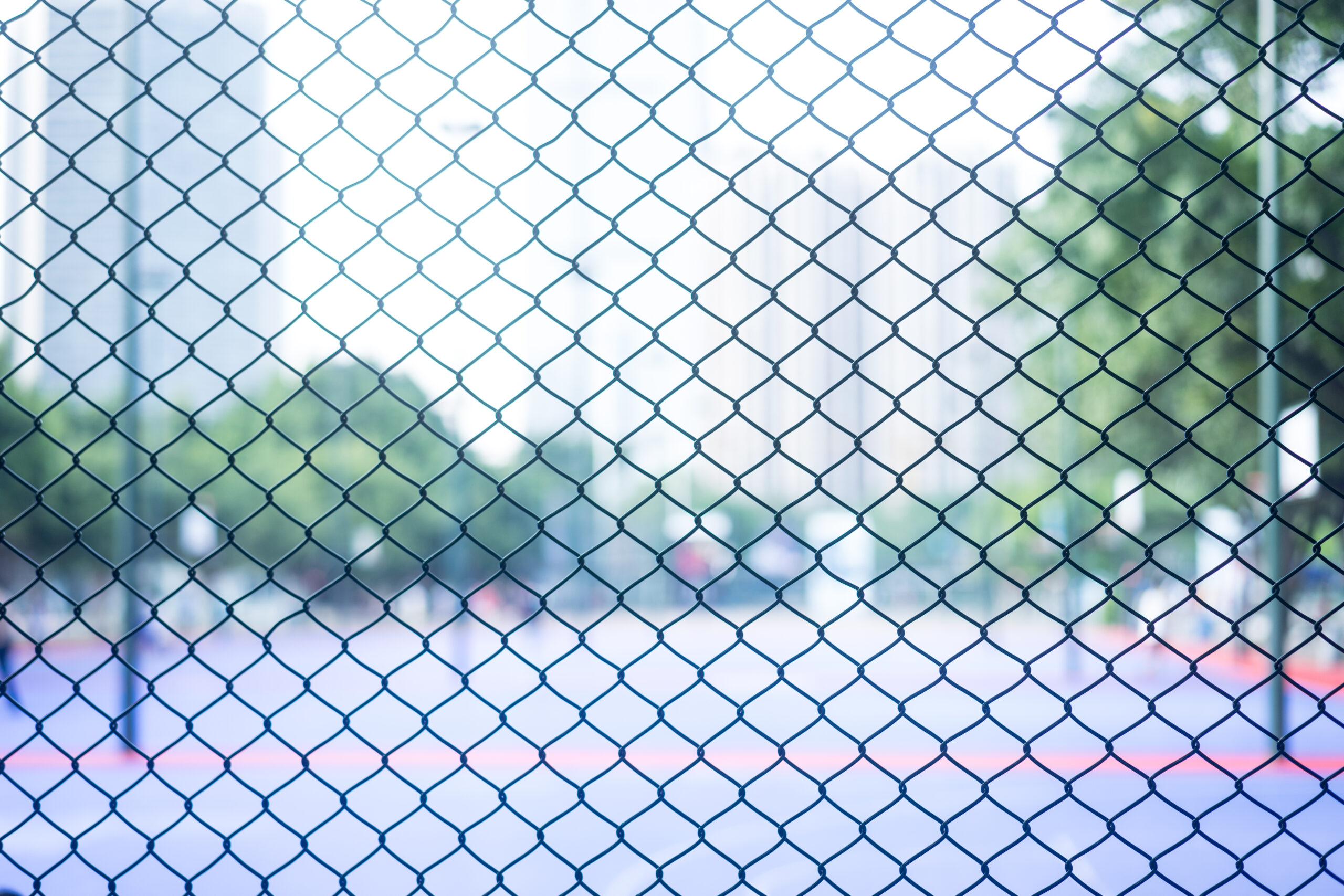In today’s agriculture, construction, and urban landscaping sectors, shade nets have become a crucial tool for protection, productivity, and sustainability. These woven or knitted materials are used to provide controlled shading and environmental protection from excessive sunlight, wind, pests, and even light rain. Whether on a greenhouse farm or at a construction site, shade nets offer practical solutions to environmental challenges — while enhancing performance and lifespan of materials and crops alike.
What is a Shade Net?
A shade net is a mesh fabric, typically made from high-density polyethylene (HDPE) or similar polymers, that is UV stabilized to withstand exposure to sunlight over time. These nets come in various shading percentages — typically ranging from 30% to 90% — which indicates how much sunlight is blocked.
The two main types of shade nets are:
- Monofilament Shade Nets: Stronger, more durable, and suitable for long-term applications.
- Tape Shade Nets: Economical and used for short- to medium-term shading.
Shade nets are available in various colors (green, black, white, etc.), each serving a specific purpose. For example, green nets are often used in agriculture to provide a balanced light spectrum, while black nets are ideal for high UV protection in construction.
Applications of Shade Nets
Shade nets are incredibly versatile and serve multiple industries:
1. Agriculture & Horticulture
Shade nets are extensively used in greenhouses, nurseries, and open fields to:
- Protect crops from excessive sunlight, reducing heat stress.
- Prevent leaf burn and moisture loss.
- Promote healthy growth by diffusing sunlight evenly.
- Shield plants from birds, insects, and weather disturbances.
Different crops require different levels of shading. For example:
- Vegetables may need 35–50% shade.
- Ornamentals and flowering plants thrive under 50–75% shade.
- Sensitive foliage plants may require up to 90% shade.
2. Construction Sites
At construction locations, shade nets are used as scaffolding nets or dust barriers:
- Prevent debris and dust from spreading.
- Protect workers and pedestrians from falling materials.
- Provide privacy and reduce heat on-site.
- Comply with safety regulations in urban zones.
3. Livestock and Poultry
Shade nets are used in animal shelters to:
- Maintain cooler environments for poultry and livestock.
- Reduce mortality during hot summer months.
- Improve feed conversion and productivity.
4. Home Gardens and Landscaping
In residential spaces, shade nets are ideal for:
- Creating shaded patios or balconies.
- Covering pergolas and green spaces.
- Protecting plants in home gardens from intense heat.
5. Vehicle Parking and Event Spaces
They are also used to:
- Provide covered parking for vehicles, protecting them from UV damage.
- Create temporary shaded structures for outdoor functions and exhibitions.
Benefits of Using Shade Nets
UV Protection
Shade nets block harmful UV rays, protecting plants, animals, and materials from heat-related damage.
Enhanced Crop Yield
By creating a stable microclimate, shade nets reduce plant stress and enable better flowering and fruiting.
Pest & Weather Barrier
Acts as a physical barrier against birds, insects, wind, and hail — minimizing losses.
Durability & Cost-Effectiveness
HDPE shade nets are lightweight, easy to install, weather-resistant, and last several years, making them a cost-effective solution for long-term use.
Energy Efficiency
Using shade nets in buildings or greenhouses reduces the need for artificial cooling systems, cutting down electricity use.
Choosing the Right Shade Net
When selecting a shade net, several factors must be considered:
- Shade Percentage: Choose based on the application — more shade for tender crops, less for light-hungry plants.
- Color:
- Green – standard for agriculture.
- Black – high UV resistance.
- White – high reflectivity, often used in floriculture.
- Aluminized – for precise light management.
- UV Stabilization: Check for UV protection rating to ensure durability.
- Fabric Type: Monofilament for strength, tape type for economy.
For commercial use, it’s recommended to choose nets certified for ISO or IS standards, ensuring quality and performance.
Installation and Maintenance
Shade nets can be installed over:
- Greenhouse frames
- Wooden or metal poles
- Wire or rope systems for suspension
They are typically fastened using plastic clips, ropes, or clamps and can be customized to fit any area. For best results:
- Regularly inspect for tears or sagging.
- Clean occasionally to remove dust and prevent fungal growth.
- Store properly when not in use.
Environmental Impact
Modern shade nets are designed to be eco-friendly and recyclable, helping reduce environmental impact. Additionally, by minimizing water evaporation and protecting from extreme heat, they help conserve natural resources — a step toward sustainable farming and urban design.
Conclusion
Shade net are an indispensable tool in modern agriculture, construction, and landscape management. They offer an effective way to mitigate environmental stressors while improving productivity, safety, and sustainability. Whether you’re a farmer looking to improve crop yield, a builder ensuring on-site safety, or a gardener seeking to protect your plants — shade nets provide a simple yet powerful solution.
As the demand for climate resilience and eco-conscious infrastructure grows, shade nets are more than a cover — they’re a smart investment in future-ready protection.

